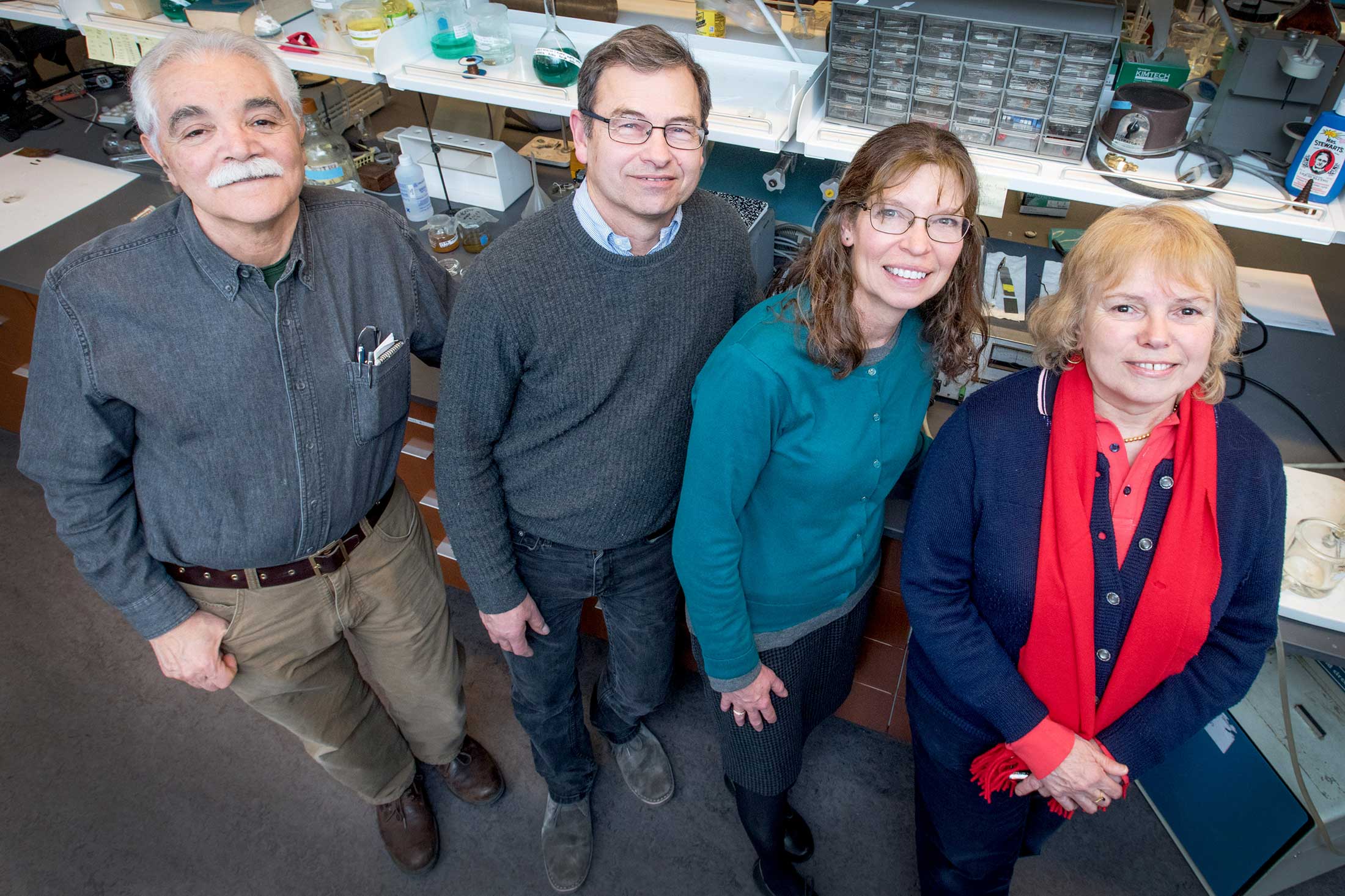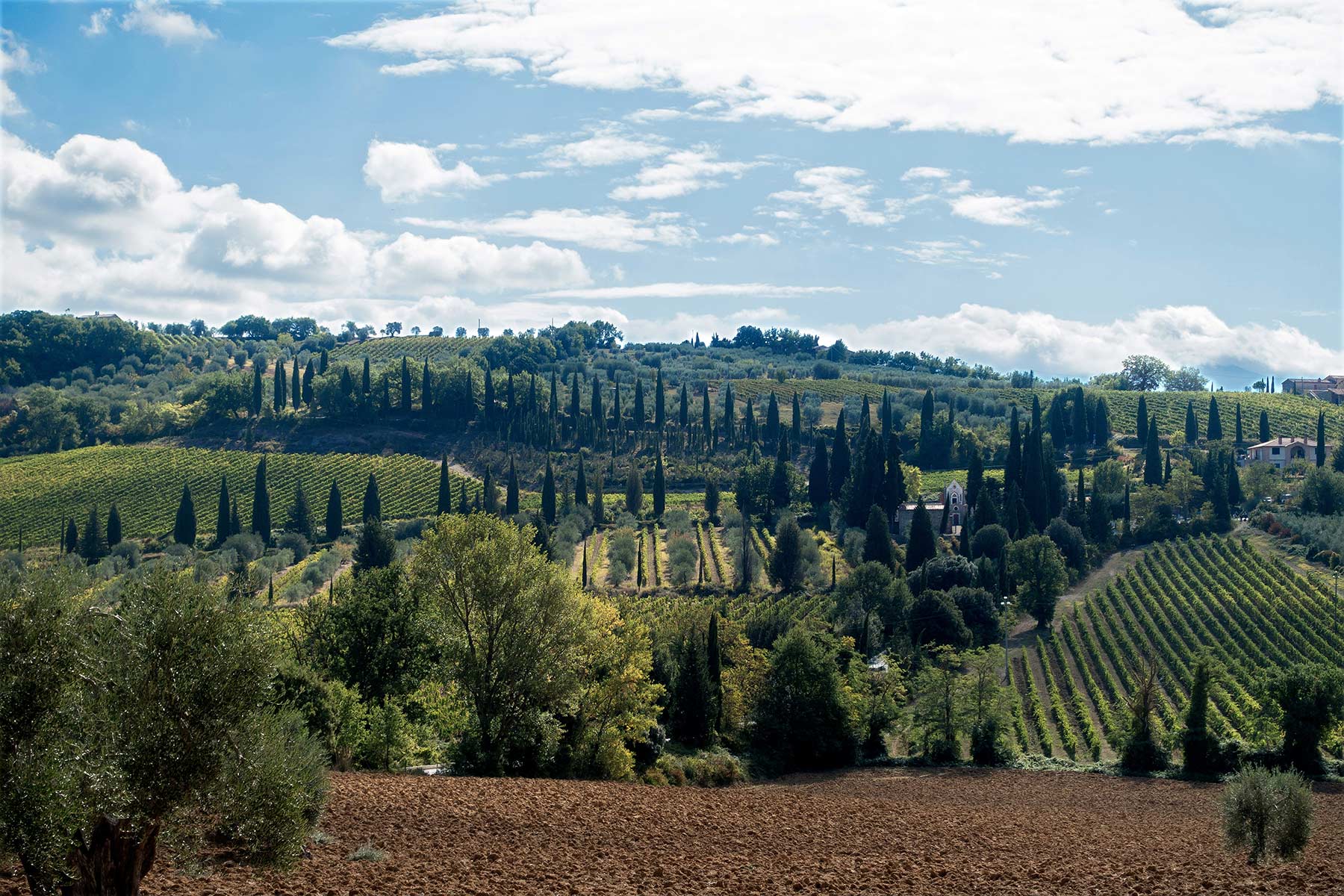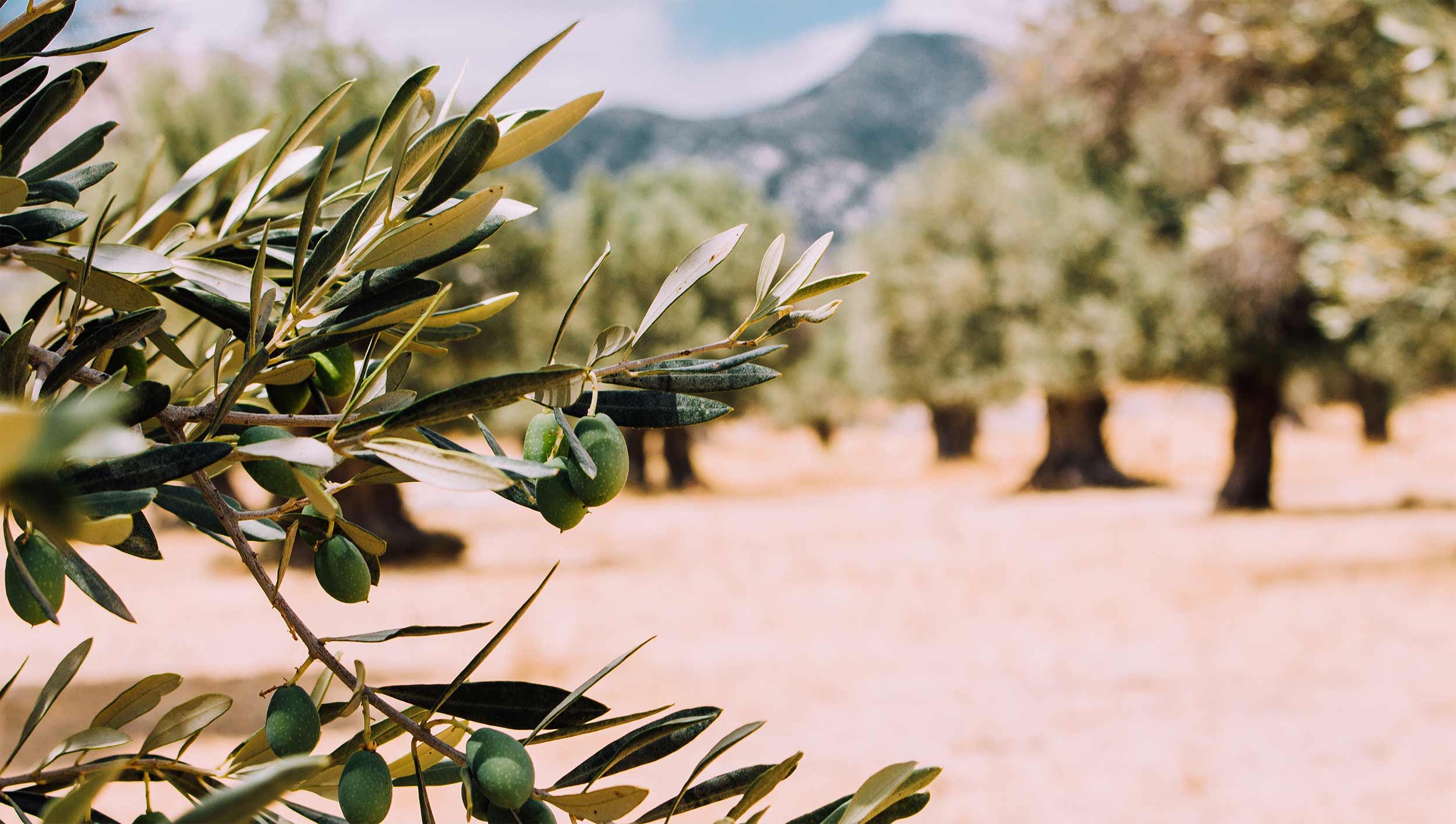Folks in the culinary world have long suspected that olive oil is good for you. The ancient Greeks used it as a medicine 5,000 years ago, and many chefs consider it to be a healthy alternative to butter or corn oil in cooking. But a team of scientists at Vassar investigated the science behind its specific healing properties.
Now the verdict is in: After four years of testing extra virgin olive oil (EVOO) from groves in Italy and California, an interdisciplinary team of Vassar researchers teamed up with Italian colleagues to prove that this staple of the Mediterranean cuisine has some remarkable healing powers and health benefits. Olive oil is unique among vegetable oils since it is obtained by mechanically squeezing the fruit (the olive). The two extra virgin olive oils used in these studies were made utilizing similar methods. In a paper published Dec. 28 in PLOS One, the team concludes: “We ascribe these beneficial effects to (virgin olive oil’s) antioxidant properties and our results are in agreement with a clear health benefit of (olive oil)

Vassar Chemistry Prof. Miriam Rossi, who teaches a class in food chemistry, says she hatched the idea for the olive oil research project after she was asked to speak on nutritional benefits of the Mediterranean Diet to the Vassar Club of Santa Barbara, CA, in 2013. “Catering for the event included products from Corto Olive Oil Co. in California,” Rossi recalls. “After hearing me speak, one of the panelists said he’d supply the olive oil if I decided to do the research.”
Rossi had arranged to spend the summer of 2013 in Rome overseeing URSI research projects with Vassar chemistry and biochemistry students Alessio Caruso ’16 and Grace Lee ’14, so she obtained olive oil samples from Corto and from an Italian olive orchard called Women’s Gold, and the investigation began. Rossi, her students, and Italian collaborators at two Universities of Rome discovered that the olive oils hindered the growth of tumor cell lines in cell culture studies. Additionally, they performed some chemical measurements that indicated strong antioxidant activity.

The next step, Rossi decided, was to find out how the olive oil might benefit living organisms. The collaboration with Vassar Biology Prof. Kate Susman was a logical next step since Rossi knew that tiny worms called C
Susman and a biochemistry major, Lorraine Kwok ’15, exposed the nematodes to Paraquat, then fed them olive oil. The team discovered the olive oil neutralized the effects of the Paraquat. “We treated the worms with a cancer-causing pesticide, but those who ate the olive oil lived much longer; it neutralized the oxidative stress in the pesticides that Kate had been working with,” Rossi explains. An unexpected, but
“This collaboration shows that excellent science can be done at a primarily undergraduate institution by using the collective expertise of faculty members and hard-working students.”
The next piece of the puzzle was to try to chemically understand how and why EVOO interacts with highly damaging and reactive oxygen species (ROS). ROS are commonly produced in the body after exposure to toxins, such as tobacco smoke or pesticides. This was done by Chemistry Prof. Stuart Belli, chemistry major Nora Molaksy ’17 and Dr. Francesco Caruso, visiting scholar in the Chemistry Department (and Rossi’s husband). Belli and Molasky developed a new procedure to measure the capacity of EVOO to react with and defuse (ROS) behavior. Caruso used rigorous computational methods at the sub-atomic (quantum mechanical) level to obtain a mechanism by which several compounds in EVOO react with ROS, thereby clarifying the chemical details and confirming their antioxidant comportment.
By this time, Rossi and her colleagues knew they were on to something since all the experiments were consistent. “We were excited,” she recalls. “It took a while to figure out the exact way to design and do the tests, but once we did them, the results were consistent and all the pieces of the puzzle fit into place. It shows how excellent science can be done at a primarily undergraduate institution by using the collective expertise of different faculty members and hard-working students. We are proud of the paper since it is unusual to have scientific publications that include this many varied experiments.”
Susman says she was gratified that her research had played a part in the success of the project. “These findings, all together, are strong evidence for the health benefits of olive oil,” she says. “It was a careful study that included chemical analysis, a cell culture study, and an analysis of the benefits
